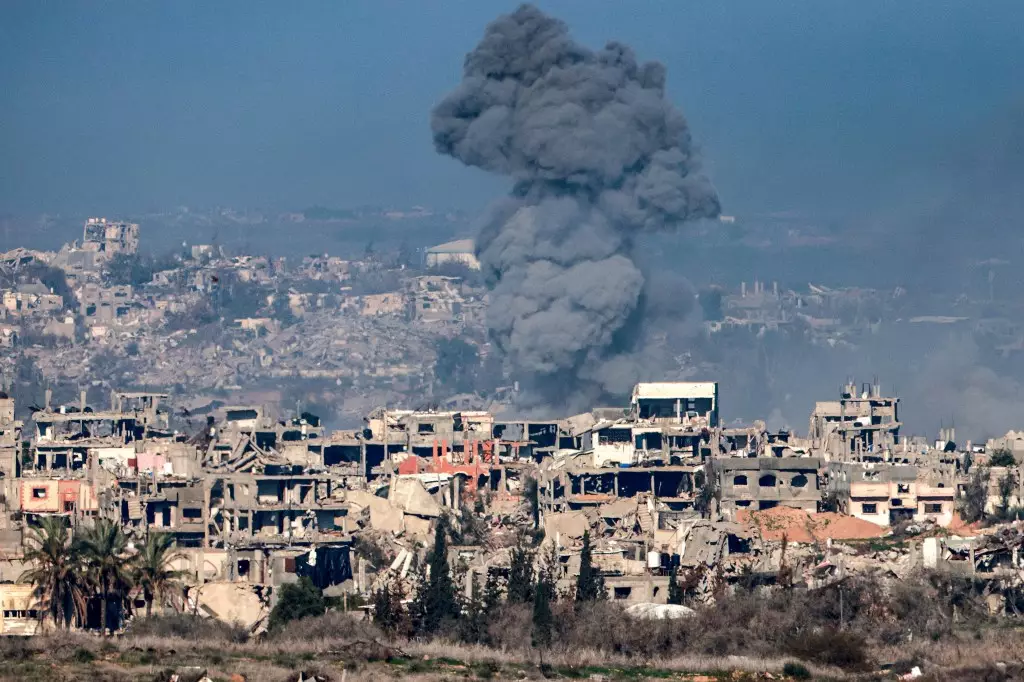On Sunday morning, a ceasefire finally took effect in Gaza, albeit with a delay of approximately three hours from the anticipated start time. This much-anticipated pause in hostilities follows a cascade of violence triggered on October 7, 2023, when Hamas launched an unprecedented attack on Israel, resulting in significant casualties on both sides. The delay was attributed to “technical field reasons” as Hamas prepared to release the names of the initial three hostages, a prerequisite for the ceasefire to commence. This momentary halt to the fighting is not just a tactical withdrawal but signifies a glimmer of hope amid the ongoing humanitarian crisis.
The fragility of this ceasefire is underscored by the tragic events that unfolded during the delay. As the clock ticked towards peace, Israel continued its airstrikes on Gaza, leading to a reported death toll of 19 individuals in just a few hours. These figures are part of a larger narrative detailing the catastrophic humanitarian impact of the conflict, with estimates suggesting over 46,000 Palestinians have been killed since the onset of hostilities. Meanwhile, the toll on Israeli lives stands starkly, with about 1,200 fatalities and numerous citizens taken hostage. This gap in human suffering highlights the dire circumstances on both sides, illuminating the urgent need for lasting peace.
The ceasefire deal, facilitated by the United States and Qatar, is a double-edged sword for Israeli Prime Minister Benjamin Netanyahu. While the agreement could provide a respite, it also injects deeper political strife into his administration. National security minister Itamar Ben Gvir and other senior officials resigned in protest against the decision to negotiate a truce, fearing it may weaken Israel’s stance in the ongoing conflict. This rebellion within his ranks leaves Netanyahu with an increasingly precarious political landscape, highlighting the internal divisions that can undermine efforts toward stability.
As Gazans begin to cautiously return to their homes, the situation remains tense and uncertain. The release of hostages, including Doron Steinbrecher, Emily Damari, and Romi Gonen, serves as a temporary measure to appease public sentiment but does not address the root causes of the conflict. Both the Israeli government and Hamas are navigating a complex web of expectations and realities; while there is hope that this ceasefire may pave the way for more significant negotiations, skepticism runs high. The shadows of past conflicts loom large, and the cycle of violence has left deep scars that a mere ceasefire cannot heal.
The latest ceasefire in Gaza presents a tentative opportunity for dialogue and rebuilding. As both sides grapple with their aspirations and fears, international observers must remain vigilant, recognizing that lasting peace requires more than just a pause in fighting; it calls for a comprehensive approach to addressing underlying issues. The world watches as the fragile hope rekindles amidst devastation, holding its breath for a future where such ceasefires are not just intermittent reprieves but the groundwork for sustained peace.
